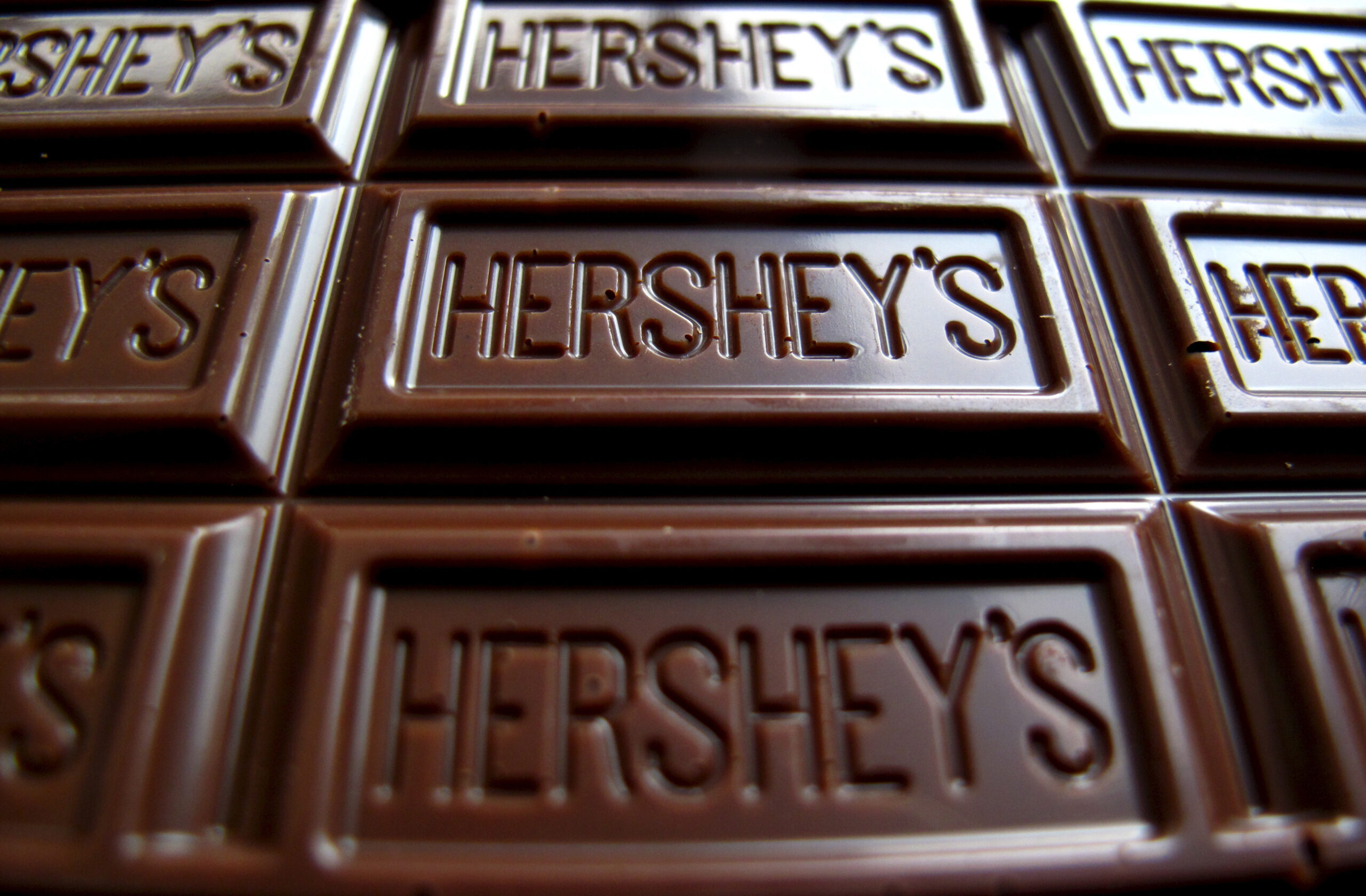On Thursday, Hershey (NYSE: HSY) cut its annual profit and sales forecasts and posted a near 17% drop in quarterly sales, highlighting cautious consumer spending for its candy and chocolates.
WHY IS IT IMPORTANT?
Hershey had been one of the few companies to gain market share even as it increased product prices to combat the impact of cost inflation.
However, demand trends have shifted as consumers across income groups turned more price-conscious and sought cheaper alternatives.
MARKET REACTION
Shares of the Kit Kat maker fell more than 3% in early trading.
KEY QUOTES
“Given what we know about 2025, we have taken a first step to cover some of the expected inflation with pricing,” CEO Michele Buck said.
“We will work closely with our retail partners to implement our announced pricing, including price pack architecture in the coming months to partially offset these significant costs.”
“In the near term, we now believe that the company will have to navigate significant cost inflation against the backdrop of a pressured consumer, which could limit its pricing opportunities,” RBC analyst Nik Modi said.
CONTEXT
Packaged food peers, such as Mondelez (NASDAQ: MDLZ) and Kraft Heinz (NASDAQ: KHC), implemented double-digit price hikes over the last two years to counter rising costs of commodities, including sugar and cocoa.
However, while price increases dented demand for Hershey’s confectionary products internationally and at home, selective price reductions in salty snacks perked up its North American volumes.
BY THE NUMBERS
Hershey’s net sales fell to $2.07 billion in the three months ended June 30, compared with analysts’ average expectation of $2.31 billion, according to LSEG data.
Net sales for confectionary products in the North America segment, Hershey’s largest market that accounted for about 80% of its annual revenue, fell to $1.58 billion from $1.99 billion a year earlier.
Excluding items, it earned $1.27 per share, below LSEG estimates of $1.43.
The company’s organic price rose 1%, while organic volume slumped 18%.
Gross margin slipped to 40.2% from 45.5% a year ago.
It expects full-year net sales growth of about 2%, compared with the previous view of 2% to 3%.
Hershey (NYSE: HSY) forecasts adjusted earnings per share to be down slightly from prior expectations of flat.
(Source: ReutersReuters)
Zabih Ullah is a seasoned finance writer with more than ten years of experience. He is highly skilled at analyzing market trends, decoding economic data, and providing insightful commentary on various financial topics. Driven by his curiosity, Zabih stays updated with the latest developments in the finance industry, ensuring that his readers receive timely and relevant news and analysis. Read Full Bio










